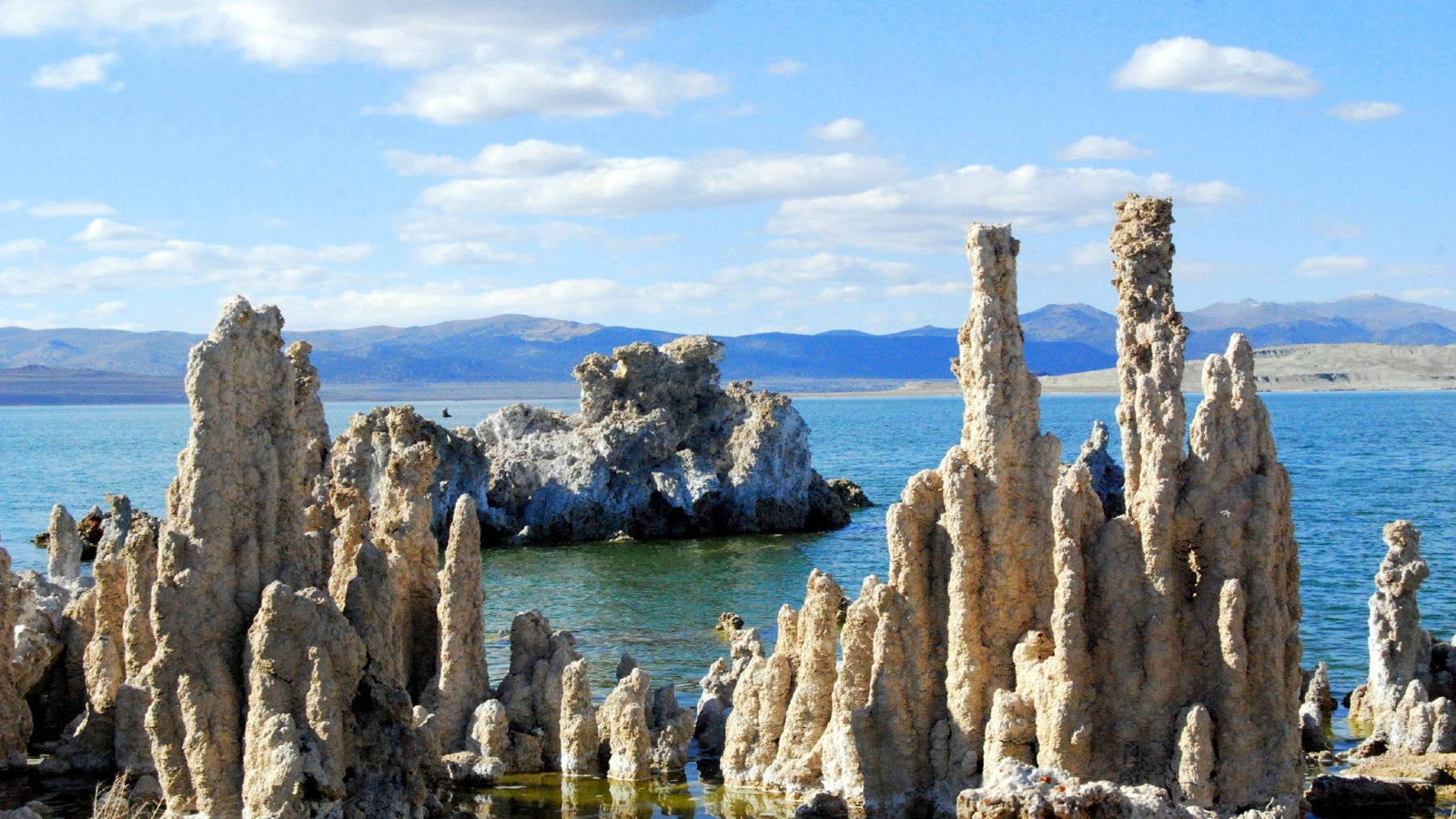NASA Unveiling New Exoplanet Discovery from Kepler Telescope Today

Editor's note: NASA announced the discovery of Kepler-452b, the closest Earth twin yet found by the Kepler Space Telescope. For our full story, read: NASA Finds Closest Earth Twin Yet in Haul of 500 Alien Planets
NASA will unveil a potentially exciting discovery on Thursday (July 23) regarding the search for alien planets.
![The mission of the Kepler Space Telescope is to identify and characterize Earth-size planets in the habitable zones of nearby stars. [See how NASA's planet-hunting Kepler spacecraft works in this Space.com infographic]](https://cdn.mos.cms.futurecdn.net/Y5zsbomX7KxA8W6LjFsGU8.jpg)
In a teleconference at 12 p.m. EDT (1600 GMT) tomorrow, the space agency will announce new findings made by the planet-hunting Kepler Space Telescope. You can tune in to the announcement live via an online audio feed provided by NASA. A statement from NASA announcing the teleconference did not provide any additional details as to what new information will be unveiled.
"Exoplanets, especially small Earth-size worlds, belonged within the realm of science fiction just 21 years ago," according to the NASA statement. "Today, and thousands of discoveries later, astronomers are on the cusp of finding something people have dreamed about for thousands of years -- another Earth."
Participants in the teleconference will be John Grunsfeld, an associate administrator for NASA's Science Mission Directorate in Washington; Jon Jenkins, Kepler data analysis lead at NASA's Ames Research Center in Moffett Field, California; Jeff Coughlin, a Kepler research scientist at the SETI Institute in Mountain View, California; and Didier Queloz, a professor of astrophysics at the University of Cambridge, United Kingdom.
The $600 million Kepler Space Telescope launched in 2009 with the goal of studying the diversity of planet systems in the Milky Way galaxy. In addition, the mission aimed to find rocky, Earth-like planets orbiting their parent stars at a distance where liquid water could form (the so-called "habitable zone," or "Goldilocks zone").
The telescope detects planets with the so-called "transit" method: When a planet passes in front of its parent star, partially blocking its light, Kepler observes the tiny dip in the star's brightness. Kepler has detected 4,661 planet candidates, of which 1,028 have been confirmed.
Breaking space news, the latest updates on rocket launches, skywatching events and more!
In May 2013, Kepler ended the first phase of its mission when the second of four "reaction wheels" failed on the spacecraft. The reaction wheels are devices resembling a gyroscope that maintain Kepler's position in space.
Follow Calla Cofield @callacofield.Follow us @Spacedotcom, Facebook and Google+. Original article on Space.com.

Join our Space Forums to keep talking space on the latest missions, night sky and more! And if you have a news tip, correction or comment, let us know at: community@space.com.

Calla Cofield joined Space.com's crew in October 2014. She enjoys writing about black holes, exploding stars, ripples in space-time, science in comic books, and all the mysteries of the cosmos. Prior to joining Space.com Calla worked as a freelance writer, with her work appearing in APS News, Symmetry magazine, Scientific American, Nature News, Physics World, and others. From 2010 to 2014 she was a producer for The Physics Central Podcast. Previously, Calla worked at the American Museum of Natural History in New York City (hands down the best office building ever) and SLAC National Accelerator Laboratory in California. Calla studied physics at the University of Massachusetts, Amherst and is originally from Sandy, Utah. In 2018, Calla left Space.com to join NASA's Jet Propulsion Laboratory media team where she oversees astronomy, physics, exoplanets and the Cold Atom Lab mission. She has been underground at three of the largest particle accelerators in the world and would really like to know what the heck dark matter is. Contact Calla via: E-Mail – Twitter
